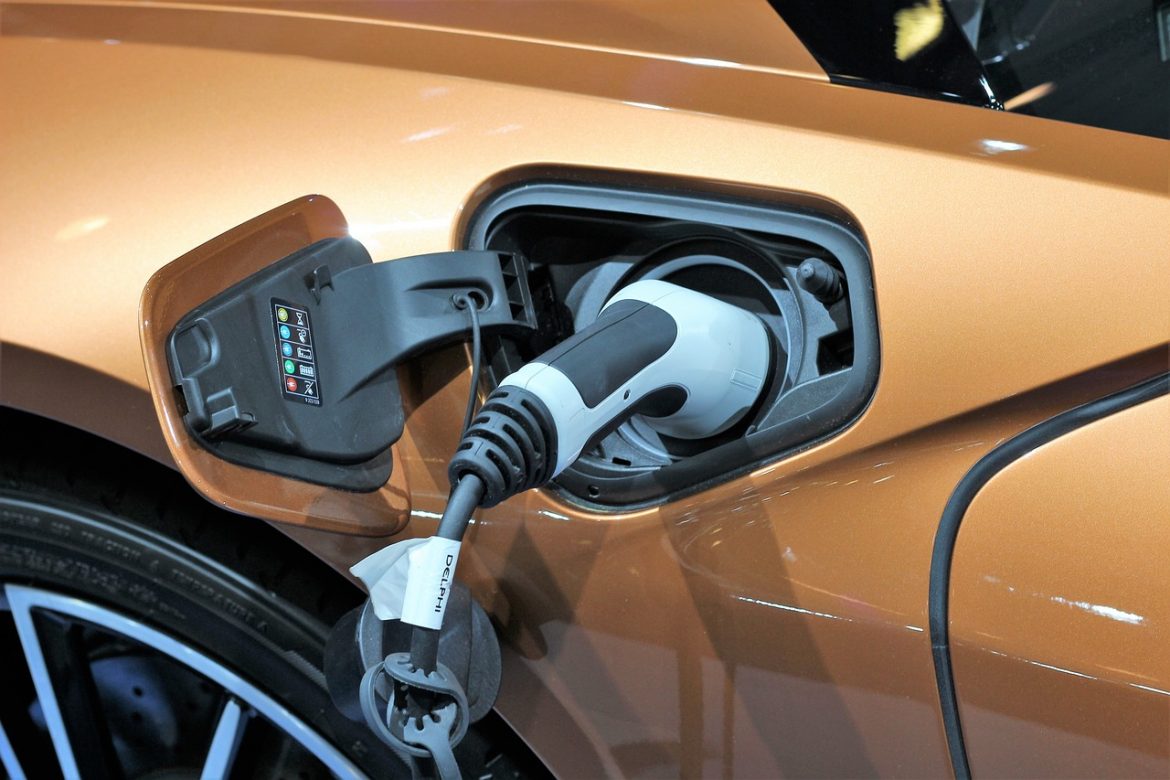Europe’s major car manufacturers are grappling with the rapid rise of Chinese electric vehicle (EV) makers, whose lower-cost products are capturing significant market share. Industry executives at a recent event warned that European automakers have limited time to restructure their operations to remain competitive.
Chinese automakers have significantly increased their presence in the European EV market. Last year, they captured 19% of the market, up from 16% in 2022, according to the Rhodium Group. This growth is attributed to their cost advantage, which is estimated to be over 30% compared to European rivals.
Urgent need for speed
Thomas Schmall, a board member at Volkswagen, emphasised the need for swift action. “From my point of view, we have two or three years. If we are not fast…it will be really tough for German industry to survive,” he stated at the Reuters Events Automotive conference in Munich. Schmall highlighted that speed, rather than size, is now crucial for survival in the industry.
Regulatory challenges
The European Commission is investigating Chinese government subsidies to Chinese EV manufacturers, which could result in new tariffs. European Commission President Ursula von der Leyen indicated that any potential duties would correspond to the level of damage caused by these subsidies. Provisional tariffs may be announced by June 5.
However, industry leaders argue that tariffs alone will not be sufficient to protect European automakers. Stellantis CEO Carlos Tavares pointed out that the industry lacks time to adjust its businesses and called for the removal of regulatory chaos and bureaucracies.
Competitive asymmetry
European automakers are facing a “competitive asymmetry” not only with China but also with U.S. clean vehicle subsidies, according to Renault CEO Luca de Meo. He stressed the importance of competitiveness, stating, “In the end, the best thing you can do is be competitive.”
Expansion plans amid uncertainty
Despite the uncertainty over tariffs, Chinese EV manufacturers are continuing their expansion into Europe. William Li, founder of NIO, announced plans to open a new showroom in Amsterdam, underscoring China’s ambition to increase its market presence overseas.
Labour costs and union challenges
Cutting labour costs in Europe remains a challenge due to the strong political and legal influence of unions. Stellantis has reduced its European workforce by 13% since its merger with PSA in 2021, primarily through voluntary layoffs. Volkswagen aims to cut costs by €10 billion by 2026, partly through early retirement of workers.
Carlos Tavares noted the high quality of dialogue with European unions, acknowledging their awareness of the challenges posed by Chinese competition. “They see the trap and they see how we are trying to manage and navigate through this situation,” he said.
Competitive pricing strategies
To compete with Chinese automakers, Stellantis is launching a small electric Citroen priced at €20,000, which CEO Tavares believes is the right price to compete. The company is also leveraging its partnership with China’s Leapmotor to push suppliers to match Chinese costs.
Risks of trade tariffs
While tariffs could reduce the cost advantage of Chinese automakers, they come with risks. German automakers, including Mercedes-Benz, Volkswagen, and BMW, warn that retaliatory tariffs from China could impact their revenue. Mercedes-Benz generates about 16% of its global revenue from China, making the potential economic impact significant.
European automakers are under increasing pressure to adapt quickly to the competitive threat posed by Chinese EV manufacturers. Speed, innovation, and effective cost management will be crucial for their survival. The industry’s response to regulatory challenges and its ability to negotiate with unions and suppliers will determine its future competitiveness in the global market.



